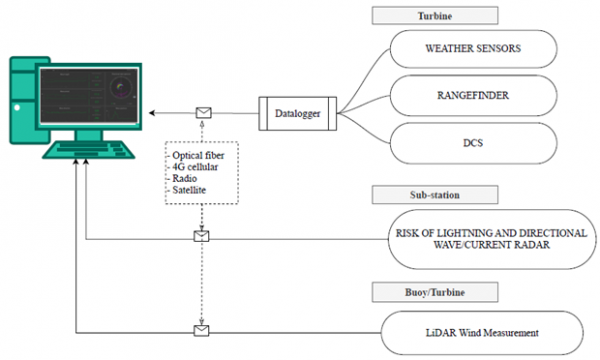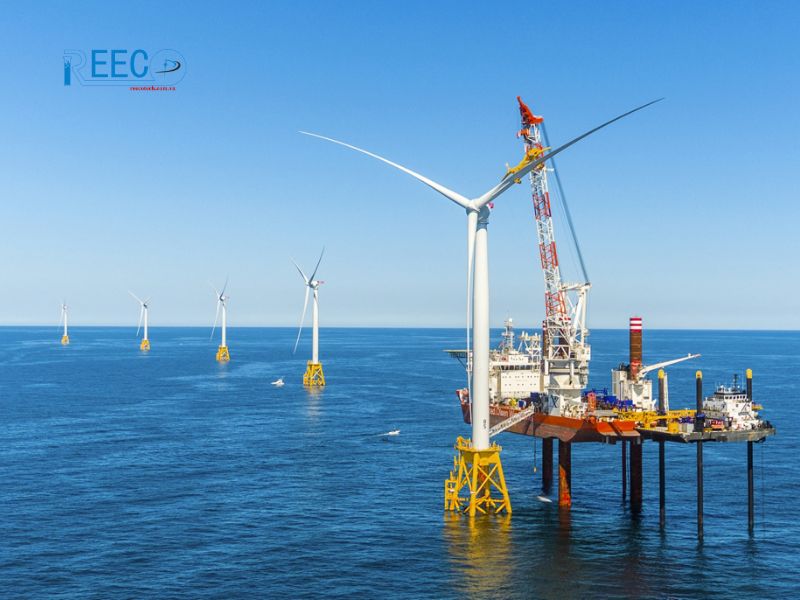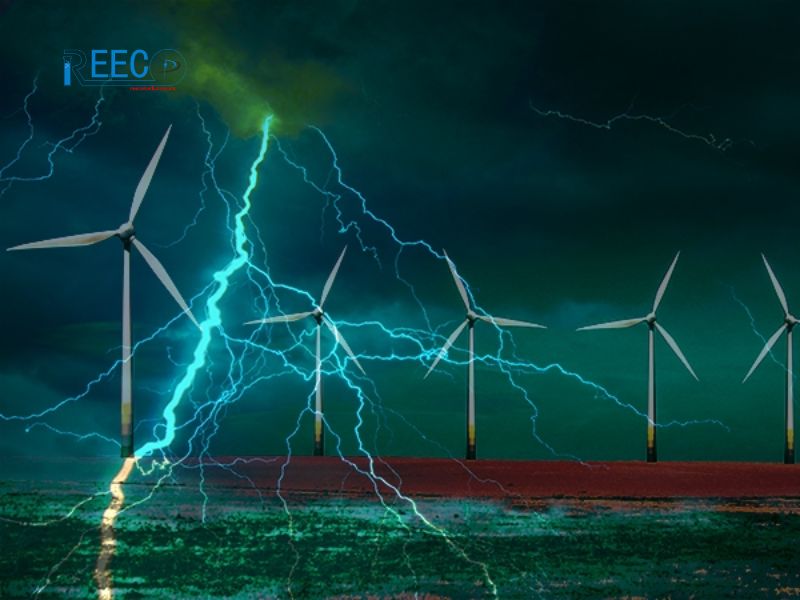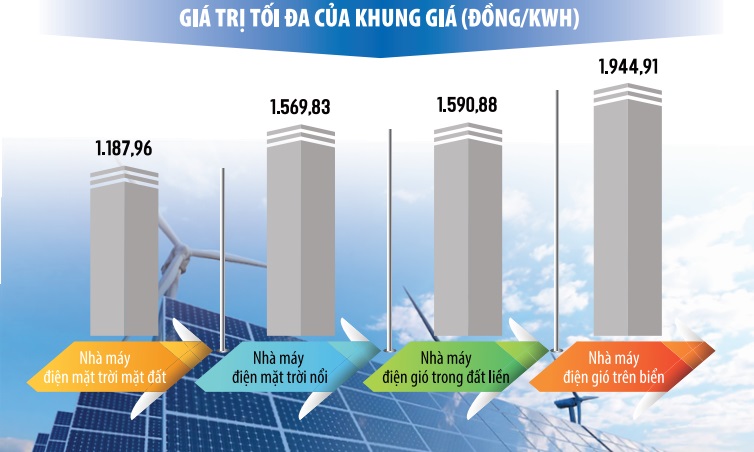Climate change and rising costs are posing a significant threat to business owners and investors. As a result, the industry’s future direction is becoming increasingly crucial. In this article, Reecotech delves into this critical topic to gain a deeper understanding.
Wind Power – An Indispensable Renewable Energy Source for the Future
In the face of harsh climate change and the depletion of natural resources, renewable energy, especially wind power, is emerging as an inevitable path for the sustainable development of the global energy industry.
In the United Kingdom, after a decade of development efforts, wind power has contributed 11% of the country’s electricity production, affirming its important position in the national power system. On a global scale, this energy source has also provided 64 GW per year, accounting for 0.8% of total global electricity generation.
Wind energy is considered an optimal solution for humans to effectively harness the power of nature and minimize harmful emissions. As a result, wind power plays an essential role in environmental protection efforts, contributing to the mitigation of the greenhouse effect – a pressing issue for humanity.
After years of implementation, offshore wind power projects have met a portion of society’s growing energy demand. In areas with good wind power potential, large-scale projects have been deployed, bringing significant economic benefits, boosting labor productivity, and increasing production output.
According to forecasts from the International Energy Agency (IEA) and the International Renewable Energy Agency (IRENA), to achieve global clean energy goals, wind power capacity needs to reach over 2,000 GW by 2050.
However, despite its immense potential, wind energy also faces several challenges due to various factors. Addressing these challenges is crucial to ensure the sustainable and effective development of wind energy in the future.
3 Major Challenges in the Wind Power Industry
Weather Variability – A Determining Factor for Wind Power Productivity
Climate change stands as the wind industry’s arch-nemesis, presenting a multitude of challenges for offshore wind projects, particularly impacting operational efficiency.
Erratic weather patterns are the primary culprit behind these issues. When wind speeds fluctuate constantly, wind power output suffers as well. Excessively low wind speeds hinder the blades from generating sufficient power, while excessively high speeds force turbines to shut down for safety reasons.
Wind direction changes also pose a significant challenge. Blades need to be adjusted according to wind direction to optimize performance, but this adjustment process is time-consuming and may even necessitate temporary turbine downtime.
Furthermore, seasonal climate variations considerably impact power generation efficiency. Winter snow and ice obstruct the mechanical operation of blades, demanding frequent maintenance. Wind power output also exhibits stark differences between seasons, compelling operators to closely monitor weather changes to meet energy targets.
The consequences of these fluctuations extend beyond power plant performance, directly impacting the profits of investors and project owners.
Addressing climate change is, therefore, a pressing issue for the wind power industry to tackle. Implementing advanced technological solutions, enhancing accurate weather forecasting capabilities, and establishing flexible operational strategies will contribute to optimizing the performance of wind power projects, ensuring a stable and sustainable supply of renewable energy.
Soaring Operating Costs Challenge Wind Power Industry
The wind power industry is facing a significant challenge as operating costs have skyrocketed compared to the golden era of 2010-2012 when they were only 60% of those for fossil fuels.
According to Vattenfall, the cost of constructing offshore wind farms has increased by 40% this year. This escalation in expenses has put a strain on investors like Vattenfall, Shell, and Iberdrola, who had previously committed to low wind power prices. Consequently, numerous projects have been forced to halt or face substantial penalties.
Low Electricity Prices: A Challenge for Wind Power Development
In the past, wind power projects often committed to providing electricity at low prices to secure government support. However, businesses are now advocating for market-based pricing.
Overreliance on subsidies can make businesses vulnerable when these support mechanisms fluctuate. A more stable revenue stream from electricity sales is desired.
Higher electricity prices would attract more investors to the renewable energy sector, fostering sustainable wind power growth.
According to Bernard Looney, CEO of BP, as reported in the Times, his company would focus on building new wind farms without relying on government subsidies. This is seen as the only way to achieve desired electricity prices.
In June 2023, Nipper publicly supported raising electricity prices for wind power projects in current tenders to ensure the industry’s sustainability, as reported in the Times.
Weather and Oceanographic Monitoring Solution for Wind Farms by Reecotech
In this context, Reeco Science and Technology Co., Ltd. has provided Vietnamese wind power companies with a modern weather monitoring solution that provides accurate and timely weather and oceanographic data for wind farms.
Depending on the location, layout of each wind farm, Vietnamese and international regulations, and specific customer requirements, the monitoring stations can be designed differently. However, the common meteorological and oceanographic monitoring system used in onshore/offshore wind farms includes the following main components:
- Fixed monitoring station installed at the wind turbine tower
- Lightning monitoring and warning station and meteorological elements installed on the Sub-Station
- LiDAR station for measuring wind profile and oceanographic parameters installed on a fixed structure/mast or on a floating buoy
- Online monitoring and warning data storage, management and retrieval system


Reecotech’s solutions will help businesses in Vietnam face the challenges of weather and oceanographic risks. As a result, businesses can proactively respond to weather events and save a lot of money on climate change. This will help the offshore wind industry to develop more sustainably and efficiently in the future.
For more information about Reecotech’s automatic weather and oceanographic monitoring services and solutions, please call the Hotline: 0938 696 131 for the fastest advice and support.





